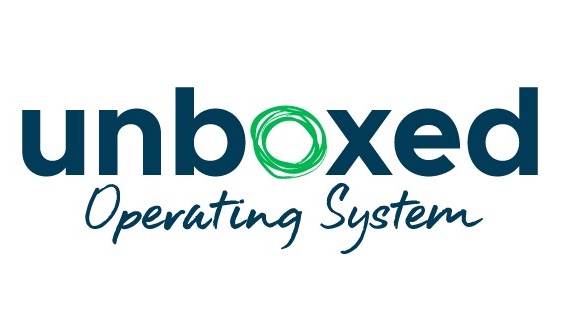AI is shifting how we can do business by improving automation, analytics, and decision-making. AI can generate more profound insights into customer preferences and behaviours, leading to better decision-making, improved customer experience, and new business opportunities.
AI can improve business resilience, risk management and cyber-security, yet its efficiency, productivity, and potential profitability gains are more exciting. And this is just the beginning. The benefits of incorporating AI increase as AI develops, becoming more powerful and versatile.
We can automate mundane and repetitive tasks and increasingly more complex workflows, the operational procedures. To make work more fun.
Augmented data management and analytics will smooth out operating processes and systems. Fast and accurate decision-making will streamline system workflows, reducing costs, increasing business resilience and boosting the delivery of quality products to the market.
AI will optimise supply chain efficiency, resulting in businesses providing reliable, on-time delivery of products. This is part of Society 5.0, a more efficient world. AI can reduce errors, manage inventory, and predict future demand using algorithms based on previously processed data. And with deeper insights into customer needs, preferences, and behaviour, AI can be used to develop new products.
According to global management consulting firm McKinsey & Company, some of the ways we are seeing the next generation of AI applied are:
- Marketing and sales—crafting personalised marketing, social media, and technical sales content (including text, images, and video); creating assistants aligned to specific businesses, such as retail.
- Operations—generating task lists for efficient execution of a given activity
- IT/engineering—writing, documenting, and reviewing code
- Risk and legal—answering complex questions, pulling from vast amounts of legal documentation, and drafting and reviewing annual reports
- R&D—accelerating drug discovery through a better understanding of diseases and discovery of chemical structures
- Moving beyond automation and data analytics, the new horizon is the rise of generative AI. With the advancement of large language models (LLM), AI has expanded into two areas previously thought to be the domain of humans – interaction and creativity. The ability of AI to undertake interaction labour in a way that approximates human behaviour closely is growing, and AI’s ability to learn from interactions with humans means a steep upward curve in ability. This will also be seen in the next generation of AI’s ability to generate original content – from essays, blogs and design to complex financial models and computer code.
There are, of course, downsides of using AI to take into consideration: The possibility of errors in automation, increasing demand for AI specialists and data scientists, and privacy concerns related to data collection and use.
Increased reliance on AI also leaves businesses vulnerable to being disrupted by innovations or technological changes. Businesses need to consider the potential risks and benefits before implementing AI technologies. And, of course, there is the cost.
One solution for small businesses that wish to take advantage of AI capabilities might be to subscribe to a business that provides third-party AI solutions. There are a number of platforms that can perform a multitude of functions with one subscription or purchase. Another option, if you are looking to implement AI into your line of business, is to explore the vast array of plug-ins and open-source AI data hubs that exist.
If you would like to understand more about the effects of AI on business, here are several New Zealand case studies that demonstrate how AI is transforming the business landscape. These include examples from Xero, Trade Me, and KiwiBank on how they have used AI to automate operations, improve customer experiences, and gain deeper insights into markets

